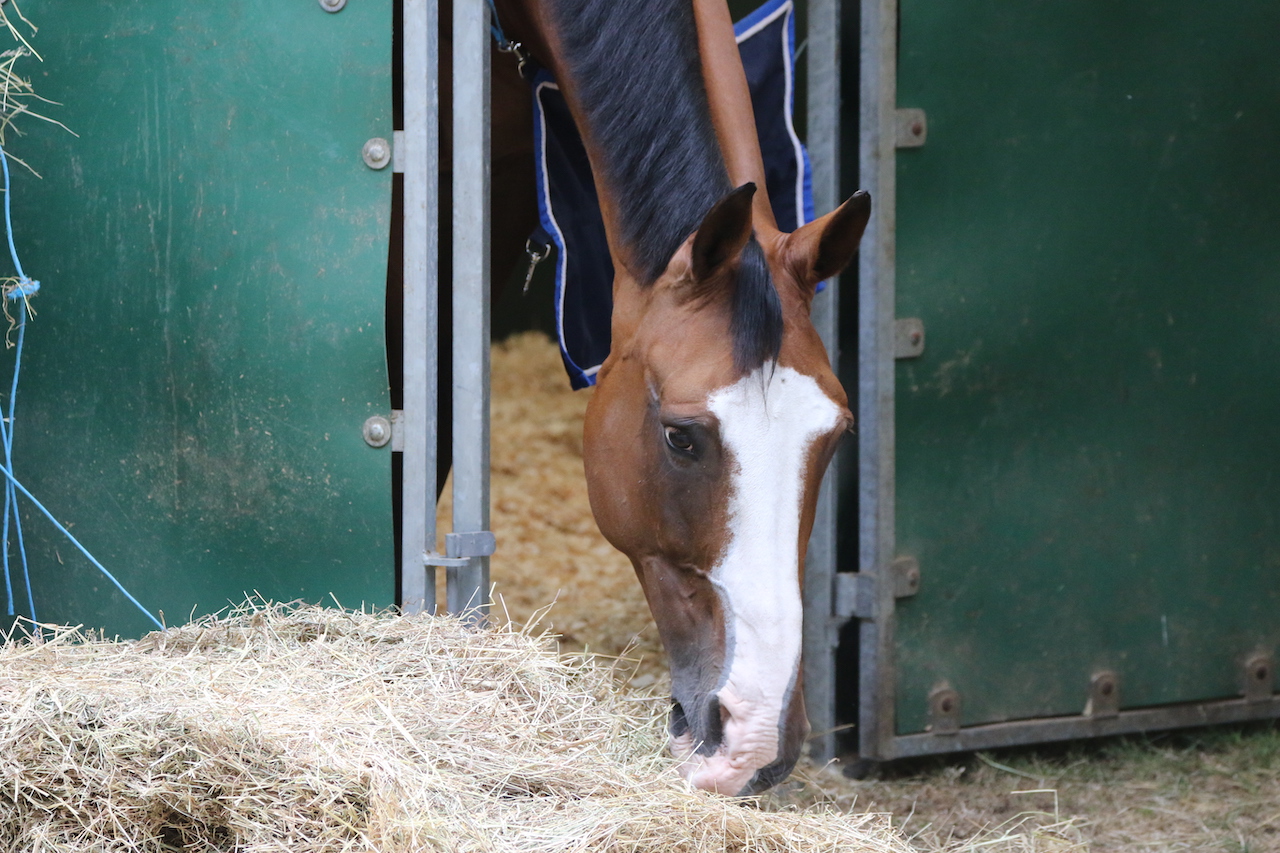In 2021, a study - published in the Journal of Equine Veterinary Science - focused on the EHV-1 outbreak in Valencia, Spain, identified key contributors to the outbreak. It pinpointed inadequate stabling conditions in tent structures with poor air quality as a central issue. The study also emphasized the age and gender of horses as significant risk factors, with horses aged nine or older, particularly those housed in the tent's center, being most susceptible to neurological symptoms.
During the 2021 outbreak, 752 horses were present in the Valencia venue, with 592 departing due to event cancellation and 160 remaining in quarantine. The study collected epidemiological data from 74 horses and obtained complete information from 60 horses, which represented the overall on-site population. These horses, with a median age of nine, included 32 mares, 24 geldings, and four stallions from seven different countries. A notable difference was that the majority of the studied group had been vaccinated against EHV-1, in contrast to the larger on-site population.
Within the Valencia venue, 440 temporary boxes were arranged within a massive tent, with minimal ventilation only at the tent entrances. The research found that horses housed in the center of the tent were over nine times more likely to develop EHV-1 myeloencephalopathy (EHM), a severe neurological form of the disease, compared to those on the tent's periphery.
The study suggested that inadequate ventilation led to greater exposure to virus aerosols emitted by infected horses. Consequently, it underscored the importance of stable conditions and biosecurity measures, including initial clinical examinations and regular rectal temperature monitoring. Additionally, it highlighted the need for adequate isolation facilities and the potential utility of PRC testing, though it acknowledged variations in results based on sampling methods and laboratories.
Sources
Study - Science Direct
FEI Report - FEI

